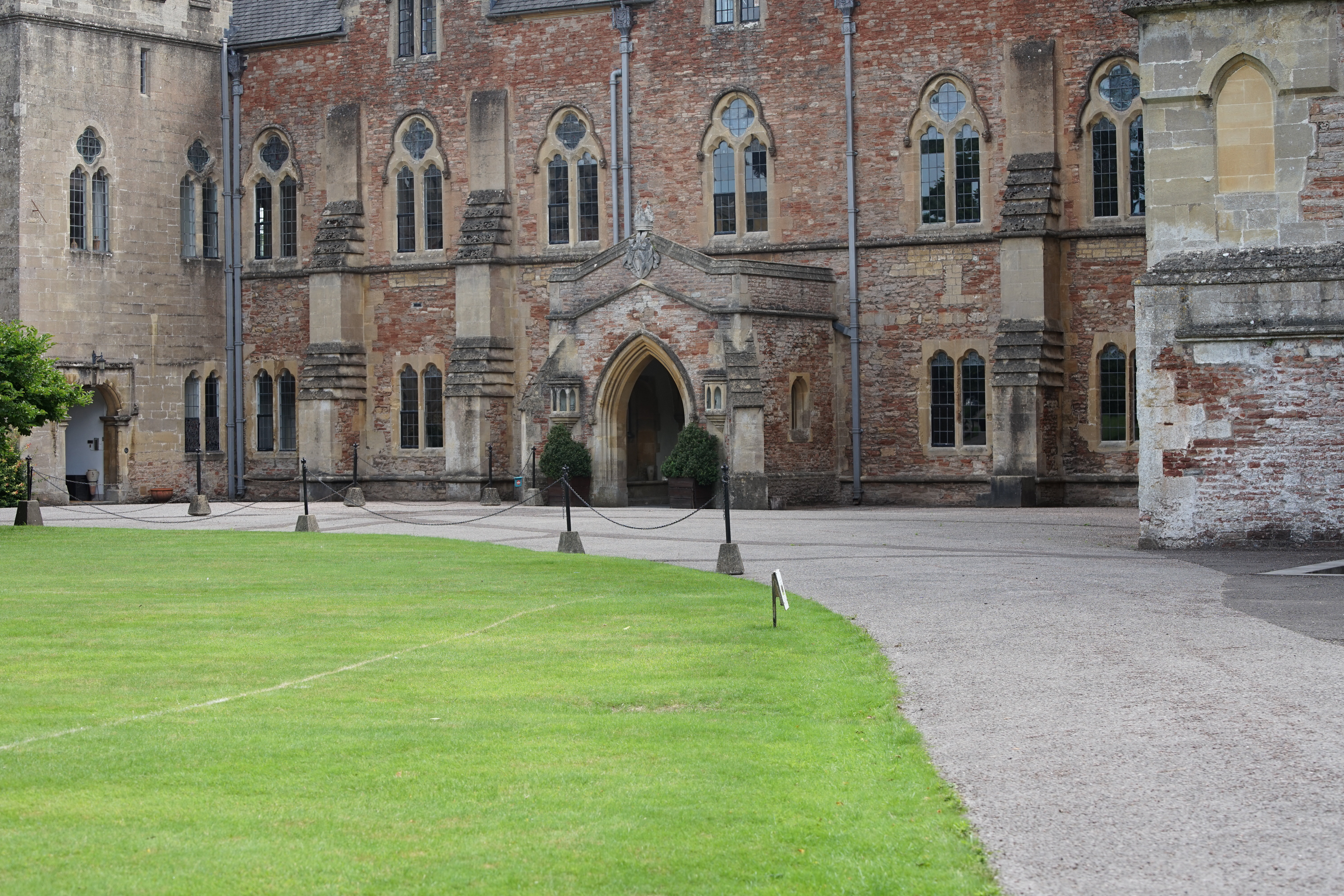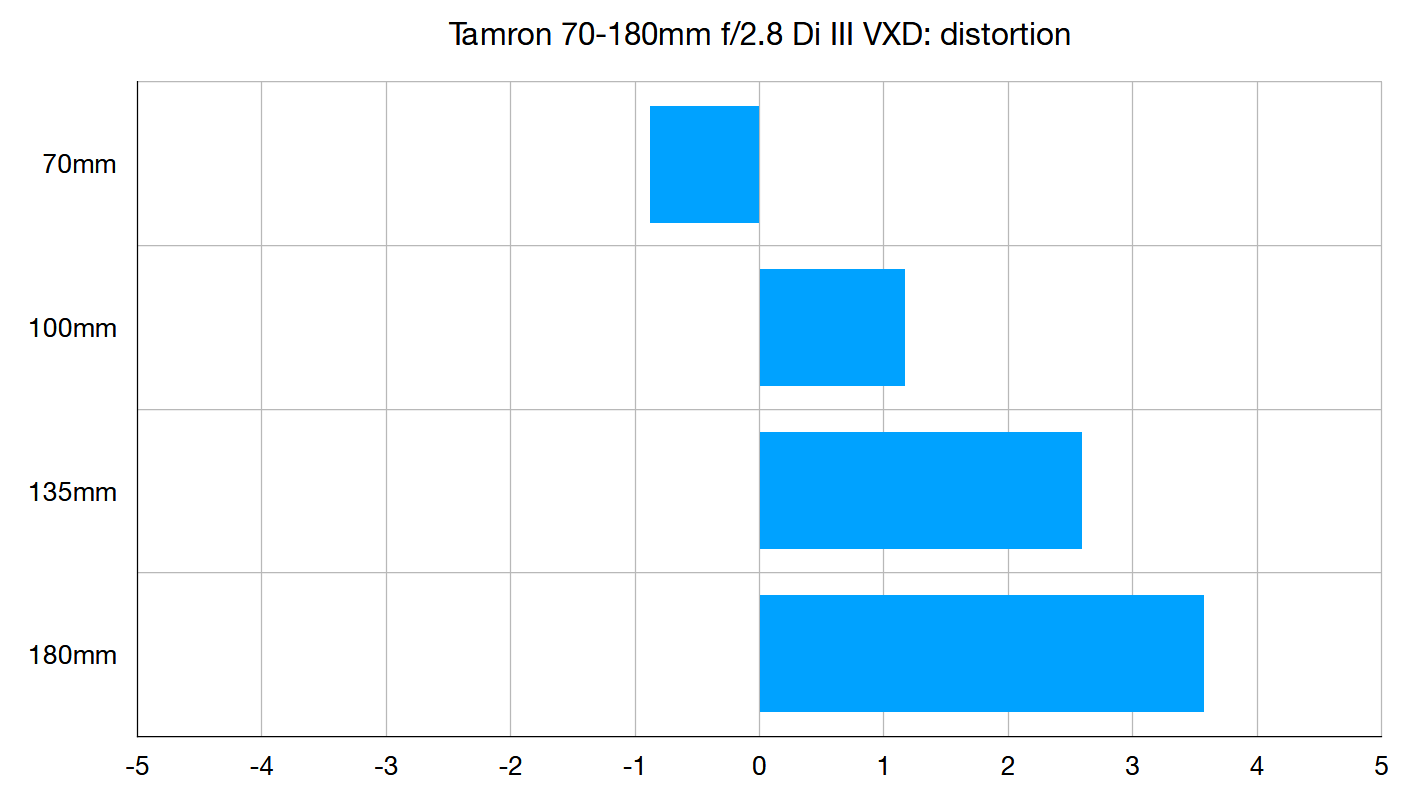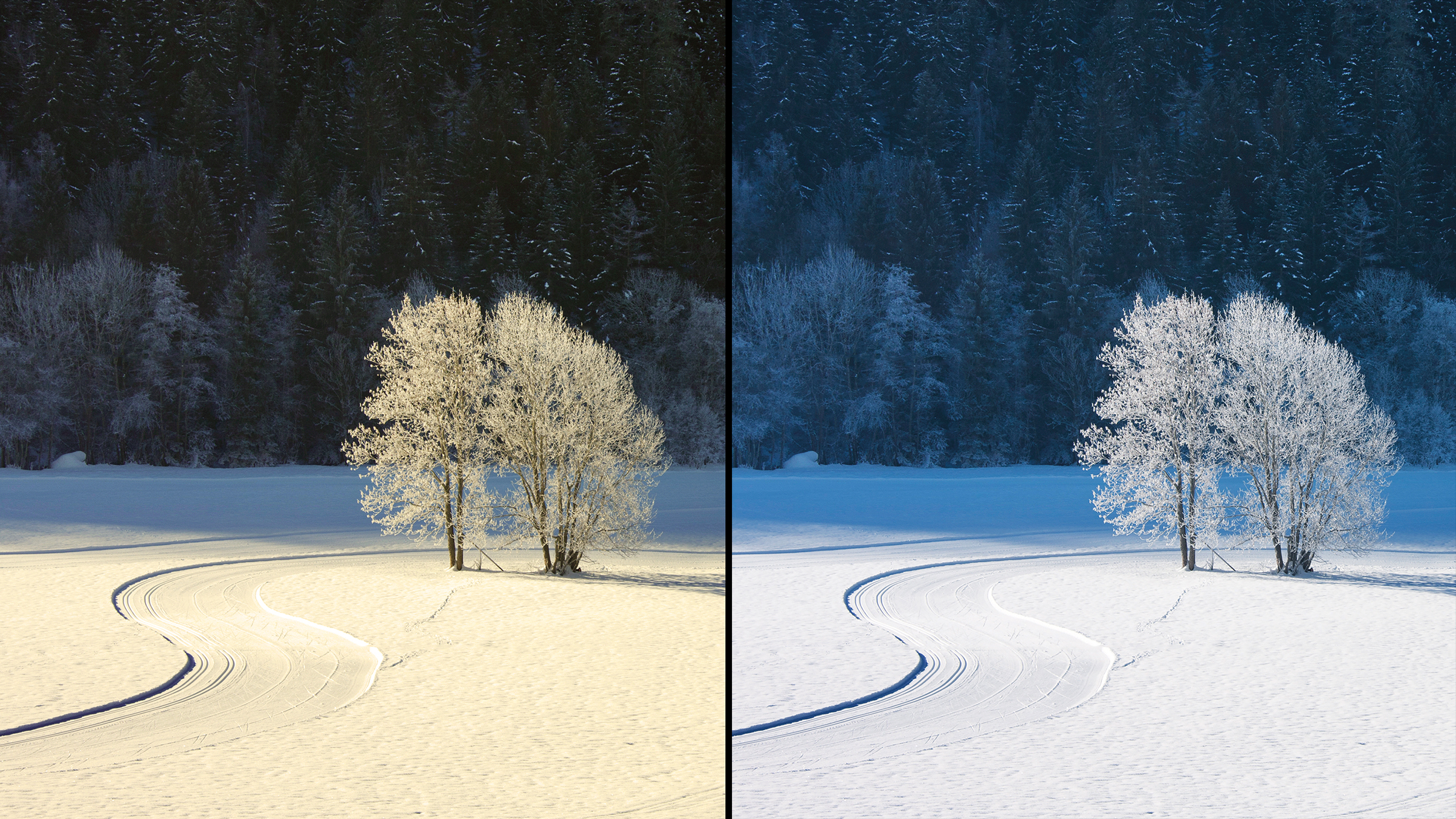Digital Camera World Verdict
Think 70-200mm f/2.8 zooms and you’re probably thinking big, heavy lenses that feel at odds with lightweight mirrorless camera bodies. By shortening the maximum focal length slightly to 180mm and utilizing some clever design work, Tamron has managed to shoehorn nearly the same telephoto range into a much smaller and lighter package, while retaining the same fast and constant f/2.8 aperture rating. There’s no real compromise in image quality and all-round performance, making this lens a real winner at the price.
Pros
- +
Remarkably compact and lightweight
- +
Advanced autofocus system
- +
Impressive image quality
Cons
- -
Inner barrel extends at longer zoom settings
- -
No optical stabilization
- -
The shortest focus distance is only available in MF mode
Why you can trust Digital Camera World
Fast 70-200mm f/2.8 zooms like the Tamron 70-180mm f/2.8 Di III VXD are the go-to telephoto lenses for most professional and enthusiast photographers, and it goes up against Sony’s own FE 70-200mm f/2.8 G Master OSS, which is typical of the breed.
The Sony lens has premium-quality glass, refined handling, a fixed physical length and aperture rating throughout the zoom range, optical stabilization and comprehensive weather-seals. It’s also typical in being big and hefty, at 88x200mm and more than 1.5kg, complete with tripod mount ring.
Tamron’s new 70-180mm f/2.8 lens, by contrast, is the result of a major rethink on the design ethos of this type of lens. It’s much smaller, lighter and easier to live with.
• Read more: Tamron 28-75mm f/2.8 Di III RXD review
Specifications
Mount: Sony FE
Autofocus: Yes
Full frame: Yes
Image stabilization: Yes
Lens construction: 19 elements in 14 groups
Angle of view: 34-14 degrees
Diaphragm blades: 9
Minimum aperture: f/22
Minimum focusing distance: 0.27-0.85m
Maximum magnification ratio: 0.22-0.5x
Filter size: 67mm
Dimensions: 81x149mm
Weight: 810g
Key features
A key feature of this lens is undoubtedly its compact form factor. It’s only about three-quarters the length of most 70-200mmm f/2.8 lenses, rather slimmer with a 67mm filter thread attachment, and only about half the weight. As such, it tips the scales at just 810g, which makes the Tamron feel much better balanced on lightweight Sony mirrorless cameras, and far more comfortable for prolonged periods of handheld shooting. Indeed, the lens doesn’t feature a tripod mounting ring, either as standard kit or as an optional extra.
The flip side is that, unlike the vast majority of 70-200mm f/2.8 lenses (Canon’s new RF lens for EOS R-series cameras aside) the inner barrel extends as you sweep through the zoom range, so the overall physical length increases. Naturally, the zoom range itself is a little more limited, so you lose out on the final 20mm in telephoto focal length. Even so, you probably won’t notice much of a difference in most situations and, while the Tamron is full-frame compatible, it also delivers a boosted effective zoom range of 105-270mm on Sony’s APS-C format E-mount cameras.
The best camera deals, reviews, product advice, and unmissable photography news, direct to your inbox!
A standout feature of the lens is its autofocus system, which is based on two VXD (Voice-coil eXtreme-torque Drive) actuators. Controlled by electronic pulses, it’s the fastest autofocus system that Tamron has ever designed, ideal for tracking action in sports and wildlife photography, to which the lens is ideally suited. That said, there were some glitches with autofocus in early samples of the lens, which can now be fixed with a firmware upgrade.
The minimum focus distance at the long end of the zoom range is fairly typical, at 0.85m. At the short end, however, you can focus as close as 0.27m, bumping up the magnification ratio from 0.22x to 0.5x. The only catch is that the shorter focus range is only available in manual focus mode, not during autofocus.
Build and handling
Although a comparative lightweight, the Tamron feels robust and well-built, and features a good range of weather-seals. LD (Low Dispersion) and XLD (eXtra Low Dispersion) elements in the optical path add up to six in total, and the design also features three aspherical elements, with a mix of glass-moulded and hybrid types. BBAR-G2 (Broad-Band Anti-Reflection Generation 2) Coating is applied to minimize ghosting and flare, and the lens also features a fluorine coating on its front element, to repel moisture and grease as well as to ease cleaning.
Given that the inner barrel extends at longer zoom settings, zoom creep is a danger. In our tests, we didn’t experience any zoom creep whatsoever but, for safety’s sake, a zoom lock switch is fitted.
One handling benefit that’s notably absent is optical image stabilization, which is a shame as Tamron’s proprietary VC (Vibration Compensation) systems are generally very good. Even so, the lens is able to take advantage of in-body stabilization, featured in Sony’s recent full-frame mirrorless cameras, as well as the latest A6500 and A6600 APS-C format E-mount bodies. Unlike Sony’s 70-200mm lens, the Tamron also lacks customisable focus-hold buttons.
Performance
Living up to Tamron’s claims, autofocus is super-fast and virtually silent in operation. In real-world shooting, we found centre-sharpness to be excellent throughout the entire zoom range, even at the widest aperture of f/2.8. Corner-sharpness is also mostly very impressive, although it drops off a bit at the longest focal length, especially when using apertures of f/4 or wider. Equally importantly for many photographers, high levels of sharpness combine with beautifully soft and smooth bokeh in defocused areas of scenes. Resistance to ghosting and flare is also very good.
Considering the compact, slimline nature of the lens and its relatively small-diameter front elements, vignetting is quite minimal. Colour fringing and distortions are fairly well-controlled, and automatic in-camera corrections for these aberrations are available. Overall, image quality and all-round performance are very impressive.
Lab tests
Resolution: Sharpness is excellent in the central region of the frame at all focal lengths, although corner-sharpness drops off a bit at the long end of the zoom range.
Color fringing: There’s very little color fringing at short to medium focal lengths. It can become a little noticeable at the long end of the zoom range but in-camera correction is available.
Distortion: There’s very minor barrel distortion at 70mm but pincushion can be noticeable at medium to long zoom settings if left uncorrected.
Verdict
Given the small, lightweight build and extending inner barrel, it’s perhaps a little hard to take this Tamron lens seriously, compared with the likes of Sony’s mighty 70-200mm f/2.8 G Master zoom. It doesn’t look or feel such a ‘professional grade’ optic, but looks can be deceiving. Ultimately, the Tamron has a super-fast and virtually silent autofocus system and delivers excellent image quality in all respects. The diaphragm is based on nine blades compared with the Sony lens’s 11, but the aperture is nevertheless very well-rounded and bokeh remains beautiful when stopping down a little.
At around half the price of the Sony lens, the Tamron is great value for money and a perfect choice for those preferring to travel light and shoot in comfort. It also qualifies as an excellent ‘trinity’ lens, adding to Tamron’s superb 17-28mm f/2.8 Di III RXD and 28-75mm f/2.8 Di III RXD that we’ve rated equally highly in the past.
Read more:
• The best Sony lenses
• Best 70-200mm lenses
• Best telephoto lenses
• Best budget telephotos
Matthew Richards is a photographer and journalist who has spent years using and reviewing all manner of photo gear. He is Digital Camera World's principal lens reviewer – and has tested more primes and zooms than most people have had hot dinners!
His expertise with equipment doesn’t end there, though. He is also an encyclopedia when it comes to all manner of cameras, camera holsters and bags, flashguns, tripods and heads, printers, papers and inks, and just about anything imaging-related.
In an earlier life he was a broadcast engineer at the BBC, as well as a former editor of PC Guide.















